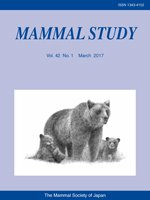Urban wildlife management is growing in importance in the U.S. and Canada. This paper describes the archetypical history of wildlife population exploitation, recovery, impact management, and the anthropogenic root-causes for management of many species in urban environments. Although urban and traditional wildlife management situations differ in many ways, in both contexts, some species are welcome to co-exist with humans, while other species are considered intolerable. Management approaches and techniques tailored to urban situations are still in early days of development. Urban wildlife management issues tend to be “wicked problems” (problems where disparate human values lead to different interpretations of desirable outcomes and acceptable means of achieving them). People sharing the same space with each other and with wildlife inevitably perceive different impacts from wildlife. Experience has amply demonstrated the difficulty of finding a management response that is accepted across all segments of an urban community. Arguably, urban wildlife management ranks with species imperilment as one of the greatest conservation challenges of our time, but for a very different reason. The problems people experience with urban wildlife, if not curbed, could lead to popular backlash against wildlife and habitat conservation within or proximate to urban areas.
How to translate text using browser tools
1 March 2017
Importance of Urban Wildlife Management in the United States and Canada
Erin C. McCance,
Daniel J. Decker,
Anne M. Colturi,
Richard K. Baydack,
William F. Siemer,
Paul D. Curtis,
Thomas Eason





